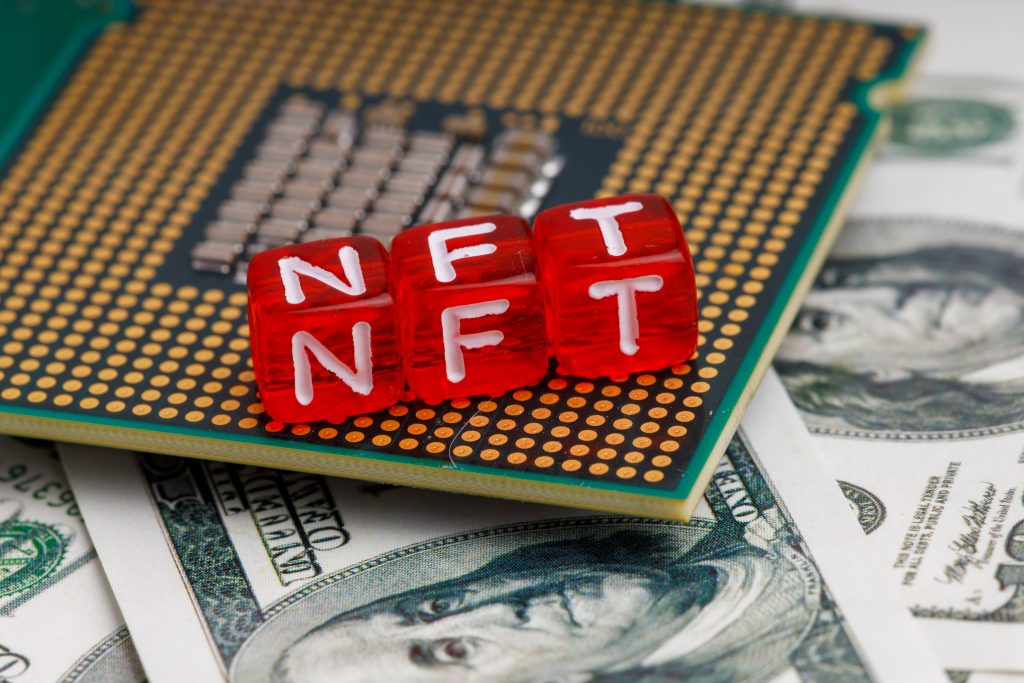What is an NFT?

This month, by popular demand, Arts Law created a new information sheet on Non-Fungible Tokens or “NFTs”. While NFTs are booming and becoming more and more popular, there is still a lot of confusion about how they work. We hope that this sheet will introduce artists to the diverse and complex world of NFTs, and boost their knowledge about the advantages and disadvantages of this unique new platform for art, music and more.
An NFT is a piece of code (i.e., a record) on a digital ledger called a “blockchain”. NFTs have been compared to paid invoices, receipts, and original signatures on paintings. They are meant to be an authentic and secure record of ownership.
NFTs are growing in popularity in the art and entertainment industries. NBA TopShot allows basketball fans to buy and trade officially licenced NBA digital collectibles using NFTs. The Andy Warhol Foundation for the Visual Arts sold five NFTs based on works archived from Warhol’s floppy disks from the 1980s. They sold for over $3.3 million in 2021.
While the media reports many NFTs selling at extremely high prices, they exist in a marketplace so their value is determined by what people are willing to pay for them.
Our new info sheet will go into more detail about the technology behind NFTs and explains buzzwords like “blockchain”, “cryptocurrency”, “smart contracts” and “minting”. It also raises important legal issues involved with dealing with NFTs as an artist or buyer—things like copyright, authenticity, so-called “smart contracts” and protection for Indigenous Cultural and Intellectual Property.
We encourage you to read the new information sheet here, and get in touch if you require further advice on NFTs.

